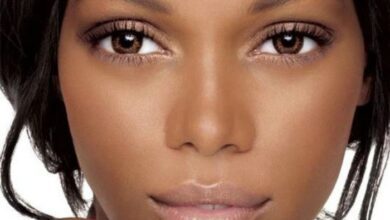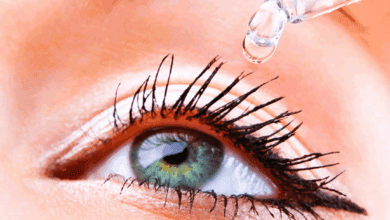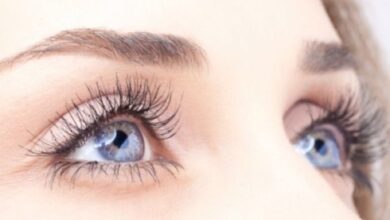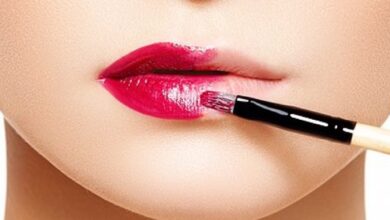Everything You Need to Know About Coloring Curly Hair
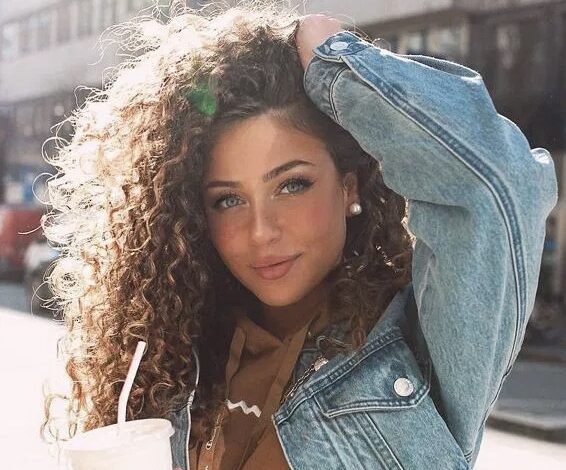
Naturally, changing the color of your hair is a lot of fun! Regretfully, there are drawbacks to coloring curly hair. When coloring your hair, what should you look out for and what can you anticipate? Or are you looking for information on how to restore your already-colored hair? Read this article to learn all you need to know about coloring curly hair.
Various hair coloring techniques
Your hair can be dyed in a variety of ways. There is less harm from one choice than the other. Light to dark hair causes less damage than dark to light hair.
This type of temporary hair coloring is not a true hair dye. After one or two washes, this hair dye is removed from your hair because it does not penetrate the hair shaft. This color is offered as a foam, gel, spray, aerosol can, and color rinse. This type of coloring does the least amount of harm to your hair because it doesn’t penetrate the hair shaft.
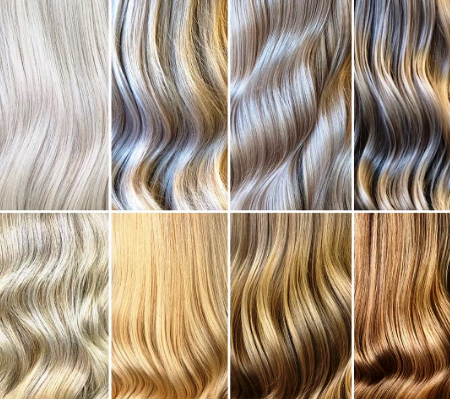
After four to ten washes, semi-permanent hair coloring starts to fade. Although the dye is less harmful than permanent hair color, it still absorbs into the hair shaft. This hair dye will not lighten your hair. However, if the hair has been bleached beforehand, the color will stay visible for a longer period of time.
Permanent hair coloring: This type of hair coloring is irreversible and requires regrowth. Your hair may feel dry as a result of this hair color’s absorption into the hair shaft. The color fades after a few washes, but it must grow out. Permanent hair coloring is a way to lighten your hair.
Go to the hairdresser or do it yourself?
Doing a color rinse on your own is simple. Keep in mind that the color will fade quickly if something goes wrong. Additionally, color conditioner is the least harmful to your hair. It is best to go to a hairdresser with experience coloring curly hair if you want a significant change. You should definitely avoid doing it three times because curly hair is sensitive to hair dyes. Your hair will be more damaged the lighter you go. After coloring, you might notice a slight loosening of your curl pattern. If the hair is too damaged, this might be irreversible.

Take your time
You can transition from light to dark in a single step. It is best to transition from darkness to light gradually. This is typically suggested by a professional hairdresser. Until your hair is completely lightened, you begin with highlights. You can see how your curls respond to the hair color and your hair has time to heal.
You should apply more hair masks
Because curly hair is inherently dry, deep conditioners are our best friend. Remember that you cannot skip the initial deep conditioning treatments when coloring your hair. particularly if coloring has made your curl pattern looser. Special hair masks are available to restore dyed hair. The Olaplex 3 for home use is one example. To protect your hair, a professional hairstylist will apply Olaplex 1 before coloring it.
You’ll notice a slight dullness in your hair
Your hair will be less shiny after coloring. The hair cuticle closes and a smooth surface is produced in healthy hair. The shine we see is caused by their reflection of light on a smooth surface. The cuticle of hair is opened by color. The hair appears somewhat duller and there is no light reflection when the cuticle is open.
Be mindful of the heat
A hair straightener and curly hair are not compatible. Curly, dyed hair that is definitely not straightened! You’ll notice that you’re losing tiny hairs as you use the tongs. The weakest section of your hair is the ends.
Other goods
Natural hair requires different care than colored hair. Certain products can prolong the beauty of your color. Using restorative products is also crucial, particularly in the beginning. These hair products are high in protein and moisturize your curls at the same time. Use less harsh products and wash your hair less frequently to try to restore your hair’s cuticles.
